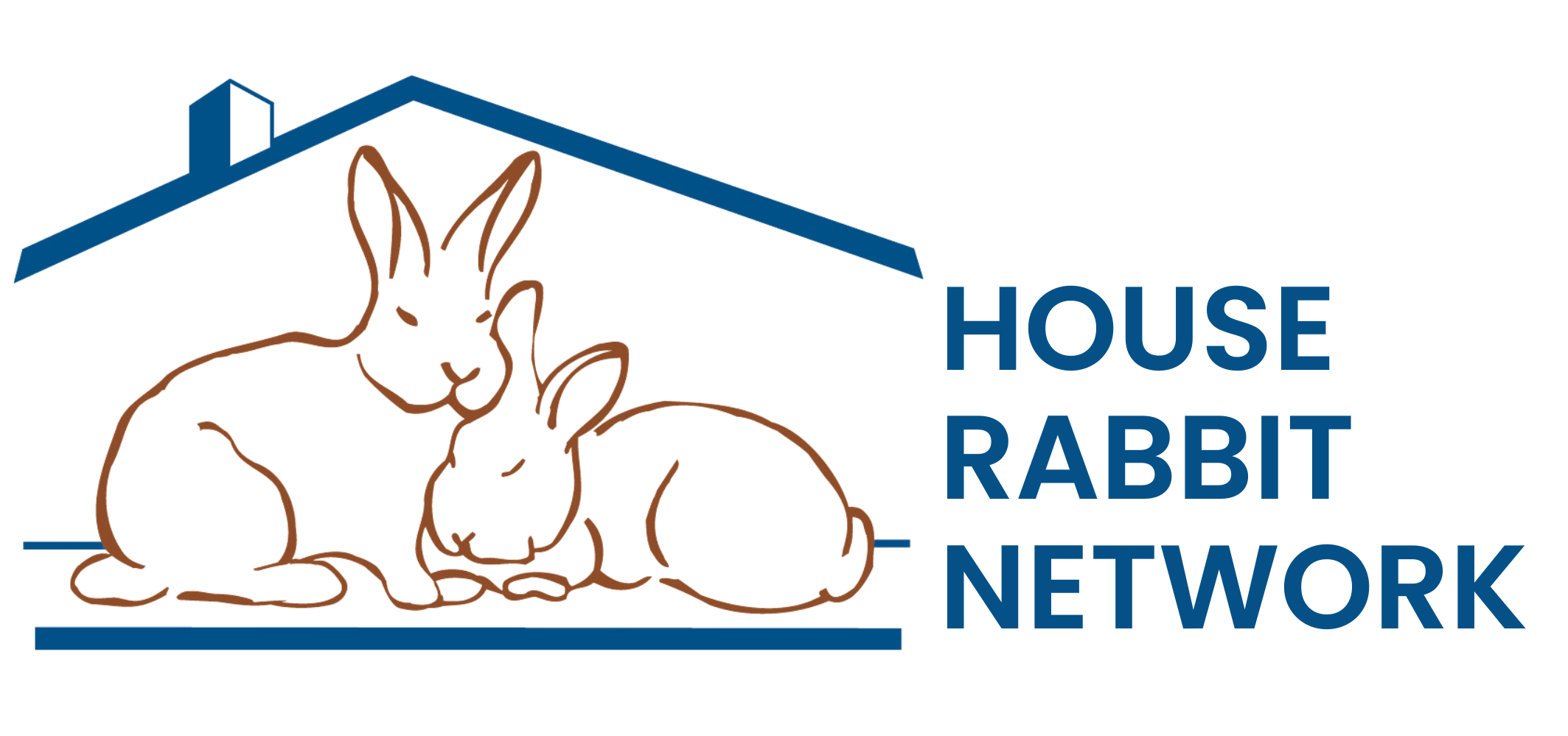Low-Level Laser Therapy for Bunnies
by Victoria A. Papscoe, DVM, CVA, Littleton Animal Hospital
Therapeutic lasers have been used in human medicine for years with great results. Only recently have they become more common in veterinary medicine.
What is laser therapy? The word “LASER” is an acronym for Light Amplification by Stimulated Emission of Radiation. Lasers can project either infrared, visible, or ultraviolet frequencies of light. The type of laser is determined by the light’s wavelength (or frequency), power, and the rate of pulsation of the light beam.
This article focuses on low-level laser therapy, also known as “cold” laser therapy, since the energy used is not as high as a “hot” surgical laser used for cutting.
How does it work? Laser treatments help increase blood flow, speed wound healing, and decrease pain and inflammation. The light on a low-level laser penetrates into the tissues and stimulates mitochondria – the “powerhouses” of cells. This leads to a chemical change that causes the cell to make more ATP, or energy, needed for repair. An injured cell does not produce enough ATP at a quick enough rate; laser therapy improves this production leading to healthier cells and tissue. Depending on the setting and power of the laser, the penetration of light will vary so both superficial (i.e., skin) or deep (i.e., muscle, joints, abdominal organs) areas can be targeted.
What types of conditions can be treated? Any condition involving pain, inflammation, or infection is appropriate for laser treatment. Incisions can be treated after surgeries such as spays and neuters. Chronic pain from arthritis is often very responsive to laser treatment. More rabbit-specific conditions that can be treated with low-level laser therapy are urine scald, bladder sludge, sore hocks, cheek and tongue wounds from dental points, abscesses or to treat abdominal pain from gut stasis. It is best when used in conjunction with other treatments. For instance, a broken bone will likely not heal with laser treatment alone, but the laser can help with pain and inflammation and will speed healing after the fracture has been surgically repaired or splinted. The laser can also be used to stimulate acupuncture points where needle placement is difficult or not tolerated.
What is involved with treating a pet? A handpiece is used to introduce laser energy to the desired area. The handpiece head can be changed to an appropriate size for the area treated. Treatment protocols are individualized to each patient and condition. Some treatments can be as short as one minute while more complex treatments involving multiple areas or joints can take up to thirty minutes. A mild urine scald may only require one treatment while a very arthritic bunny may initially need treatments three times per week. Chronic conditions are often treated frequently at first, then treatments are gradually decreased to a maintenance protocol. Improvement could be noticed immediately after the first treatment or may require multiple treatments. Laser energy is cumulative, so each subsequent treatment tends to increase its effectiveness. Nevertheless, some animals may not respond at all. Each pet is different.
Are there any side effects or contraindications? There are generally no side effects with proper laser treatment. The area treated may become warm and the pet could get uncomfortable. In that case, the laser is just moved to another position. Most animals find the warmth soothing and relax. Since the laser beam is harmful to eyes, the pet’s eyes are covered with goggles or a towel. For that reason, it cannot be used in or around the eyes (however, there have been reports of rabbits having their sinus region carefully treated for chronic “snuffles” with good results). Low-level laser therapy should not be used to treat tumors or incisions post-tumor removal. Since the treatment leads to increased blood flow, this could have the undesired effect of actually speeding tumor growth.
If your vet has a therapeutic laser, feel free to ask if it would be helpful for your bunny’s condition!
